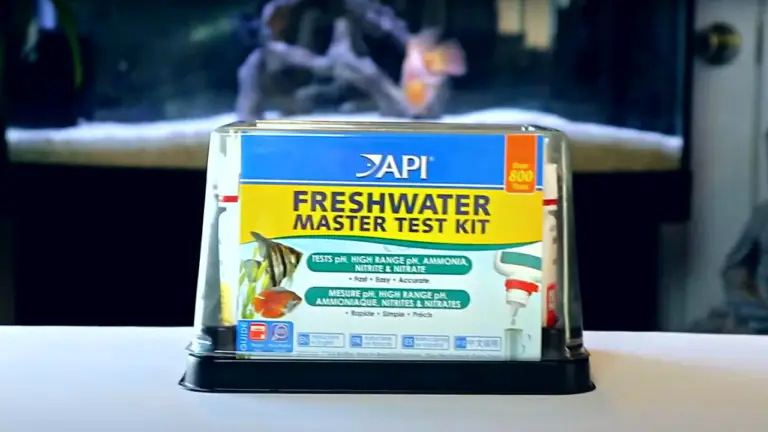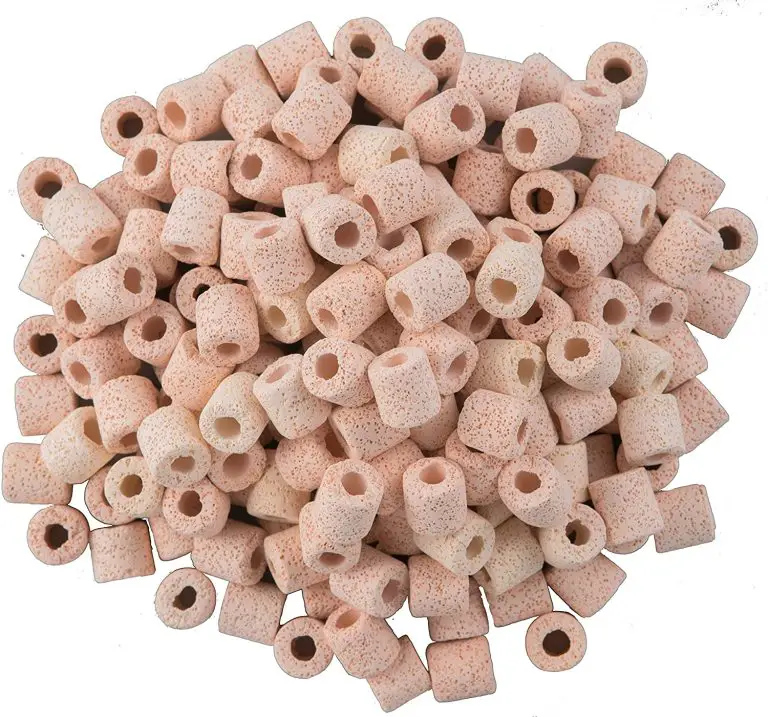Top 5 Causes of Aquarium Bacterial Blooms
Have you ever glanced at your tank and noticed that cloudy, murky effect out of nowhere? Yep, that’s the notorious “bacterial bloom.” Understanding these blooms is crucial because — believe me — they can make or break your aquarium. Today, we’re diving into the causes of aquarium bacterial blooms, including a sneaky hidden culprit! Let’s shed some light on these blooms and maintain a crystal-clear, healthy tank.
What Are Aquarium Bacterial Blooms?
Picture these aquarium bacterial blooms as bustling communities of tiny organisms — bacteria — that explode in numbers within your aquarium. They can turn your once-clear water into a cloudy and almost milky appearance. While not a catastrophe, they’re like an uninvited crowd crashing a peaceful gathering, causing stress to your aquatic buddies.
Their impact goes beyond the cloudy look — they can disturb the delicate balance of your tank’s ecosystem. Recognizing them isn’t too hard — they transform your crystal-clear aquarium into a misty scene, making it tricky to observe your underwater companions.
5 Common Causes of Aquarium Bacterial Blooms
Here’s a detailed look at the common causes of bacterial blooms in aquariums:

1. Overfeeding and Excessive Organic Matter
You know that friend who brings way too many snacks to a party? Overfeeding your fish is quite similar. Extra food means more organic waste, creating a feast for bacteria. Regularly scoop out uneaten food to keep those bacterial buffets at bay.
2. Inadequate Filtration and Irregular Maintenance
Your filter is like the cleaning squad for your tank. When it’s not up to the job or left unattended, debris accumulates, throwing a wild party for bacteria. Regular filter cleaning and maintenance prevent these unwanted gatherings.
3. Poor Water Quality and Imbalanced Parameters
Picture your tank’s water quality as a delicate balancing act. Fluctuating pH levels, ammonia, nitrites, and nitrates — like a DJ playing a chaotic mix — stresses your aquatic buddies and invites bacterial raves. Regular water tests and proper conditioning help maintain a harmonious environment.
Take our personal experience with low pH levels:
Here are our takeaways:
Tap water contains dissolved organics that feed the cloud-causing bacteria in your tank. And if your tank is young and immature and it doesn’t have an established beneficial bacteria colony. These colonies fight off the cloud-causing bacteria.
Beneficial bacteria need the following to grow:
- Time
- Food source (ammonia and nitrite)
- Oxygen
- Surface area
So, what else could cause insufficient beneficial bacteria in a tank? Your tank’s pH levels. It’s challenging for beneficial bacteria to reproduce in a tank with a pH level below 6.0. Suppose you’ve ever heard of a tank crashing. In that case, it’s usually because of a very low pH level, causing beneficial bacteria to die and thus, resulting in an ammonia spike and dead fish.
Consistently test your water parameters (or keep an eye on the Seachem’s pH and Ammonia Alerts), and track them in your Aquabuildr app.
To help raise our pH levels, we added a buffer. Seachem has a Malawi Buffer and Neutral Regulator that can raise your tank’s pH levels. However, our tank has plants and wouldn’t enjoy the added phosphates. That said, Seachem also has an Alkaline Buffer that is plant-friendly!
4. Overstocking and Insufficient Tank Space
Ever felt cramped in a crowded room? Fish can feel that too! Overcrowding means more waste, overworking your filtration system and inviting bacterial chaos. Ensure every fish has its comfy space to minimize waste buildup.
5. Lack of Beneficial Bacteria Colonies
Beneficial bacteria break down harmful substances. If their numbers are low, due to a new tank setup or extensive cleaning, a bacterial boom could be in the works.
Managing Aquarium Bacterial Blooms
Here are some recommendations for managing aquarium bacterial blooms:

1. Early Detection and Intervention Strategies
Spotting the start of a bacterial bloom can save your fishy friends from a stressful party. Keep an eye out for cloudy water, sudden changes in water clarity or odor, and any signs of stressed fish. Swiftly intervening with partial water changes and reducing feeding can nip these issues in the bud.
Take a proactive step and check out Seachem’s pH and Ammonia Alerts.
2. Corrective Measures for Preventing Future Blooms
Once you’ve tackled the bloom, focus on preventative maintenance. Regularly test water parameters, especially ammonia, nitrites, and nitrates. Ensure your filter system is functioning optimally and consistently clean organic waste. Moderate feeding and avoid overstocking to keep your tank in a zen state.
3. Promoting a Balanced Aquarium Ecosystem
Think of your tank as a tiny underwater world. Encourage a balanced ecosystem by introducing live plants. These green pals provide a calming aesthetic and absorb excess nutrients, acting as natural purifiers. Additionally, beneficial bacteria additives can help boost colony numbers, providing a powerful defense against future blooms.
Remember, maintaining a balanced aquarium environment is an ongoing journey. Patience, consistency, and a watchful eye are your best companions. Keep learning, observe your aquatic community, and adjust your care routine as needed to ensure a harmonious underwater haven for your finned friends.
Embrace a Blooming Healthy Aquarium with Aquabuildr!
Aquarium bacterial blooms can surprise even the most seasoned fish-keeping enthusiasts. Understanding their causes opens the door to effective prevention. Proactive measures are key to a harmonious aquatic environment. Remember, maintaining a balanced tank isn’t rocket science — it’s a blend of observation, consistency, and love for your underwater buddies.
With Aquabuildr, navigating the nuances of aquarium care becomes a breeze. Our new app ensures the best tank conditions, offering custom setups, detailed tank information, and compatible fish suggestions.
Download the app from the Google Play Store or Apple App Store for FREE!
-
Top 5 Causes of Aquarium Bacterial Blooms
Learn the reasons behind aquarium bacterial blooms! We even share our own experiences and solutions! Dive into our guide!







